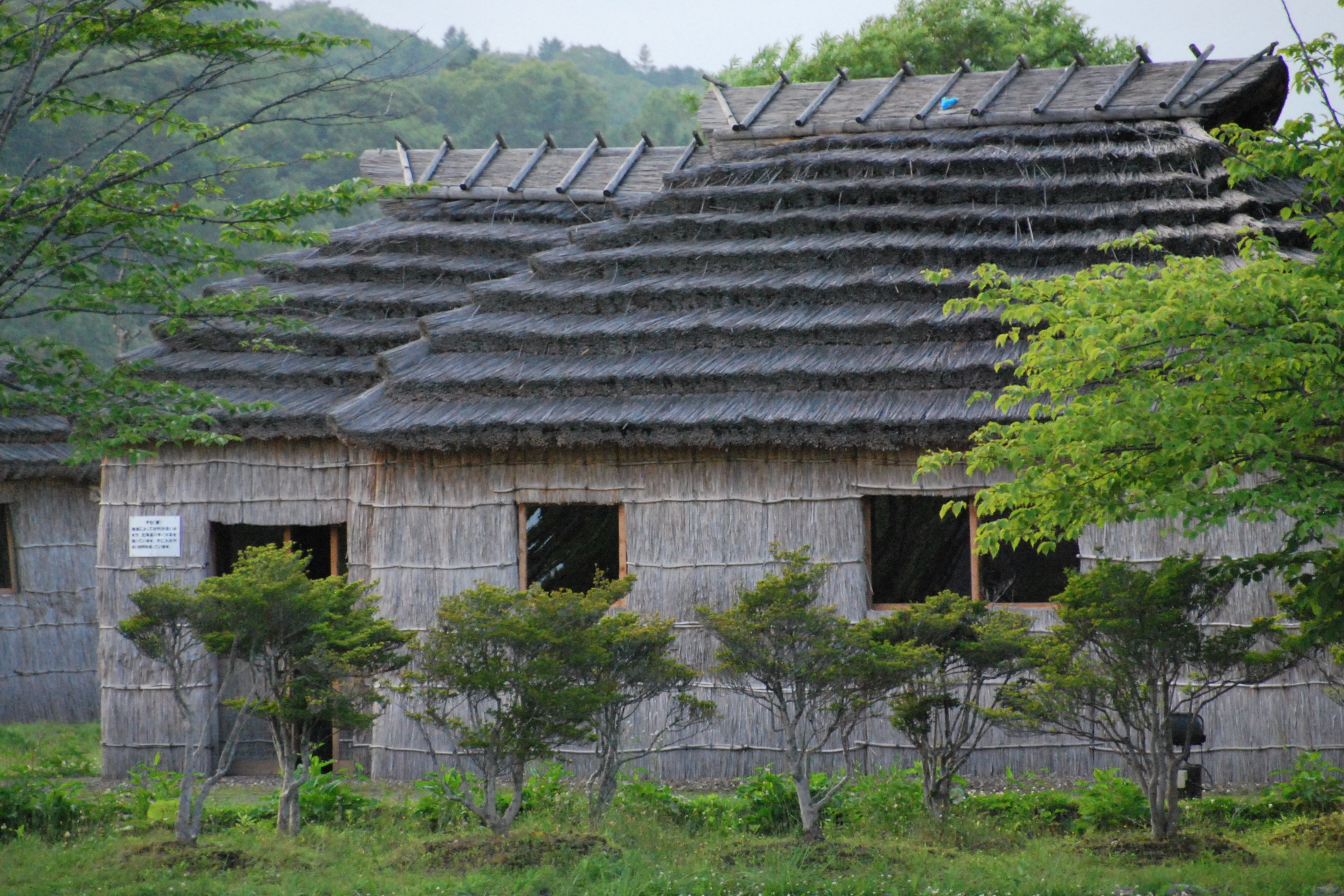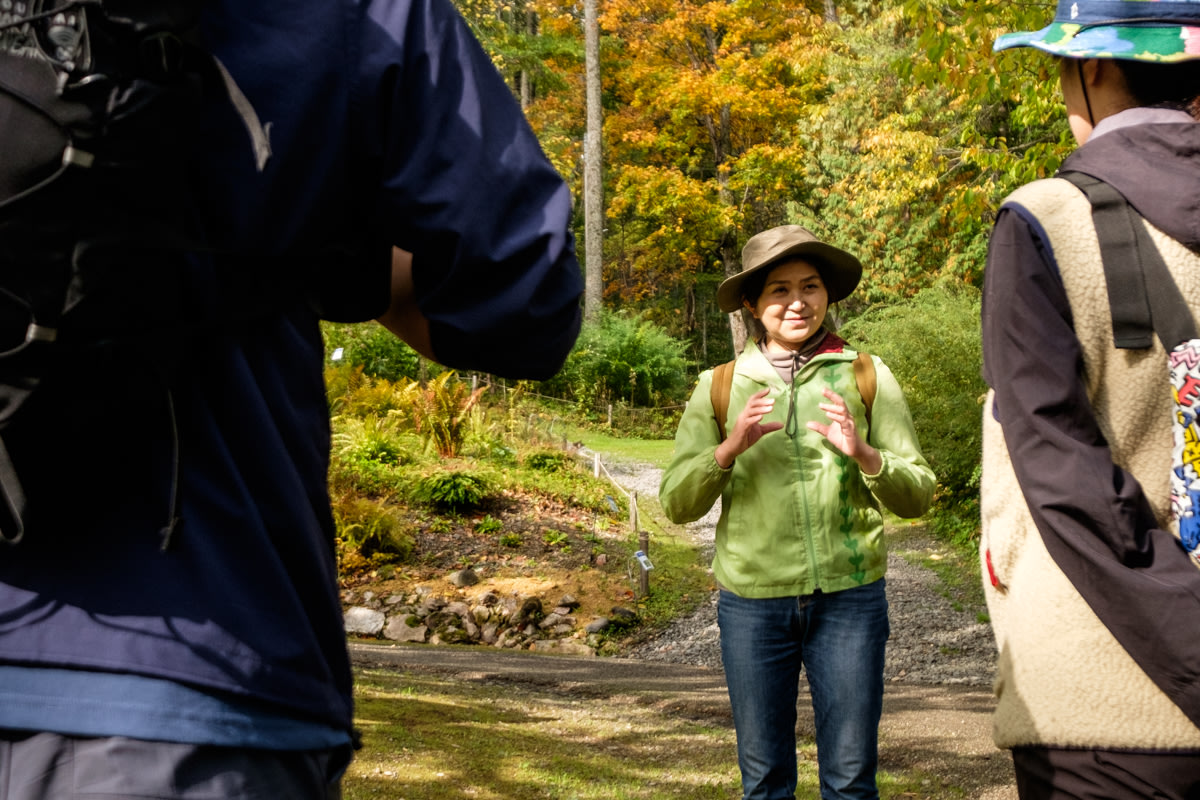On the Ainu Journey with Adventure Travel
, by Ayaka
Ayaka shares her experiences on getting closer to Hokkaido's indigenous people, the Ainu, through her work in adventure travel. Her insightful article will help you to learn more about the Ainu and perhaps inspire you to connect with indigenous cultures in your country, too.

In this post, I'd like to share my personal journey, as a Hokkaido local, in getting closer to the Ainu through adventure travel. I hope this inspires you to learn more about the indigenous cultures in your own area.
Who Are the Ainu?

It was only 153 years ago, in 1869, when this island received its current name, "Hokkaido". Hokkaido has long been inhabited by the Ainu, the indigenous people of northern Japan. Historically, they were hunter-gatherers who worshiped nature and wildlife like bears and owls. The way the Ainu lived back then, using plants, trees, fur and fish skins, is beyond imagination. Even more impressive is how they handed the wisdom and techniques they needed to survive, down through the generations, despite having no written language.
My first recollection of contact with the Ainu was when I was 10 or 11 years old, during a visit to Shiraoi on a school study trip. I can remember an enormous statue standing tall at the entrance of Poroto Kotan, a former cultural site now replaced by Upopoy, the National Ainu Museum.

You may think that 10 years old is a little late considering the Ainu's presence is supposedly the strongest in all of Japan where I grew up. If you take New Zealand as a contrast, children grow up watching the All Blacks perform the haka and many learn to sing the national anthem in the Maori language. That kind of quotidian contact with indigenous culture didn't occur in my childhood, something I only started questioning after living in New Zealand.
Learning More

Upon returning to Hokkaido, I took every opportunity to visit museums related to the Ainu. I visited the Hokkaido Museum of Northern Peoples in Abashiri and the Nibutani Ainu Culture Museum, to learn about their culture.
I also started listening to Ainu music; the first Ainu CD I purchased was by Ando Umeko, followed by a CD by ‘Marewrew’. Ando Umeko is a vocalist, and Marewrew is a group of four Ainu vocalists. I went to watch a live concert performed by Marewrew at the Hokkaido Museum (about 10 years ago if my memory serves me correctly) and I still have the CD, which is autographed by the four talented vocalists. I was so surprised when I met some of the Marewrew members at an annual spring ritual that takes place at Mt. Arashiyama in Asahikawa. They are musicians but at the same time they are ordinary Ainu who practice the traditions and develop their living culture. One of the members of Marewrew, Kawamura Hisae (Hisae-san) and her family run a privately-owned Ainu museum in Asahikawa, the Kawamura Kaneto Ainu Memorial Hall. It is the oldest museum dedicated to Ainu, established in 1916.
Connecting with Ainu Individuals

Needless to say, learning about culture and history through dialogue is powerful. What I learn from someone in person stays in my heart more vividly than what I read at museums.
Every time I go to the Kawamura Kaneto Ainu Memorial Hall with our guests, I learn something new and hear a different story from Hisae-san.
For instance, many museums have information about the Oubayuri (Cardiocrinum cordatum var. glehnii), a giant woodland lily. The Ainu call the plant turep and collect the roots, mash, wash and dry them to extract starch to make dumpling-like preserved food. However, when I experienced making turep dumplings under the expert guidance of Hisae-san, it was much more visceral. On another occasion, we visited Mt. Arashiyama with Hisae-san and we saw the real plants. She taught us how to collect the roots of turep. Hisae-san is an endless fountain of knowledge with regard to plants too and that is just admirable.

Another enlightening person is Takiguchi Kengo, an Ainu artist and guide who has a woodcraft shop called "Ichinge-no Mise" at Lake Akan. I had an opportunity to be guided by him one year in early March, when we walked across the frozen surface of Lake Akan admiring the views of Mt. Oakan and Mt. Meakan. While we strolled, Kengo-san told us dozens of Ainu stories, both legends and personal, lived experiences. I was especially fascinated by his childhood memories of growing up at Lake Akan, surrounded by Ainu descendants. He is also one of the young people who has inherited his culture from the older Ainu.

Step Into the World of Ainu
When you step into the world of the Ainu, you soon realise that they themselves are in the process of learning, whether from an elder in the village, from recorded materials such as books and films, or however they can. Learning about a culture you're not familiar with requires you to be open-minded, unbiased, and to listen carefully. Do it well and you will be able to witness the unveiling of an unknown part of the world, and perhaps learn about yourself at the same time. Adventure is not just about adrenaline-inducing activities; an adventure can also be had during cross-cultural encounters. For me, stepping into the world of the Ainu opened the door to a journey of rediscovery of my homeland, Hokkaido.
Learn more about the Ainu
Many of our tours include the opportunity to meet the Ainu and learn more about them.